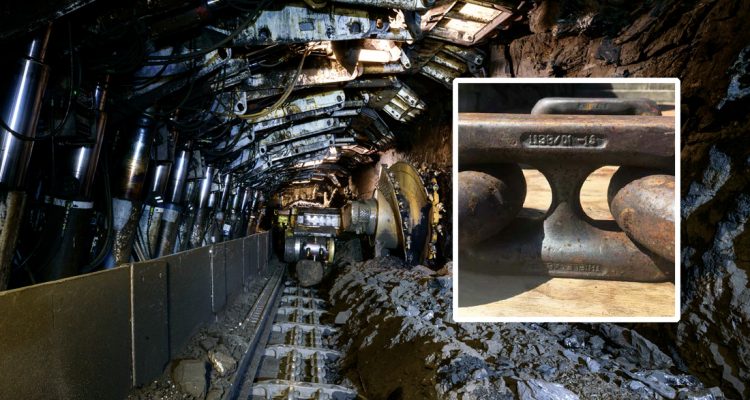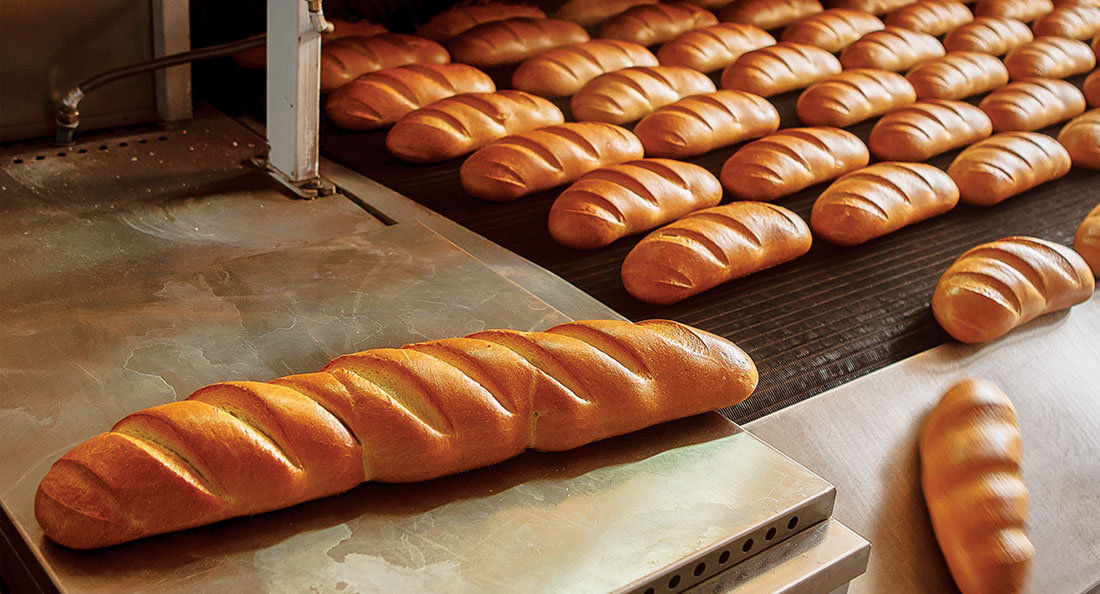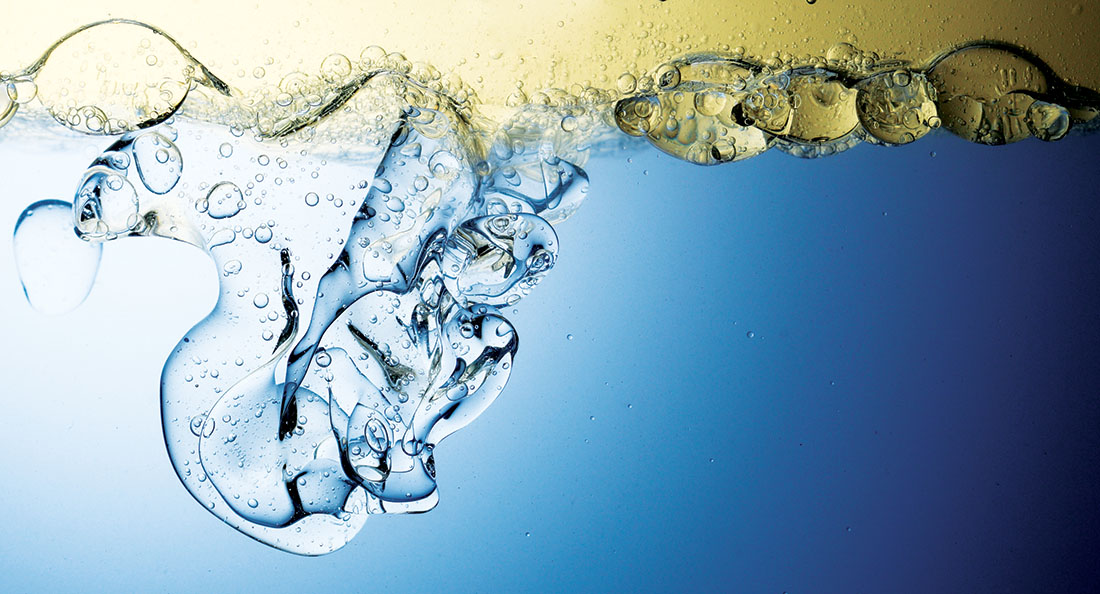With research and development comes adaptions to part design, and componentry such as bearings, fasteners and chain must all adjust to accommodate the constant evolution of mining environments. While it is vital for commonly used parts to undergo these upgrades, it does present challenges around compatibility with servicing equipment like chain tensioners.
In the coal mining industry, productivity and uptime are core priorities when establishing the extraction site. Because of this, a technique known as ‘longwall mining’ has been utilised on many plants across Australia, and is popular worldwide for its extreme efficiency. Longwall machines possess shearers that are mounted on hydraulic ceiling supports – these machines extract long rectangular panels of coal which are then transported by conveyor out of the mine.
This coal haulage system is known as an Armoured Face Conveyor (AFC), and is fitted with one-sided troughs to transport an endless stream of raw material in individual sections that are joined by flexible couplings, giving it a snake-like appearance as it runs. These drive systems usually have a double or triple AFC chain, with flights cantilevered on each side and a singular return chain running along the base.
Correct chain tensioning is critically important to ensure smooth operation and high performance of any conveyor type. This involves a hydraulic control circuit, running through dual cylinders to apply start-up force and avoid breakaway friction. AFC chain is structurally unique however, in that each link has a thick rib running through its centre. This makes it generally incompatible with standard chain tensioners, which rely on a hooking technique.
Boutique mechanical consultancy, PHD Engineering, was seeking to develop a bespoke longwall chain tensioner to service their clients in the mining industry. A collaboration with CRAM has eventuated in a new tensioner design, maintaining the functionality of standard models while accounting for the structural characteristics of AFC systems. The final machine incorporates more robust hydraulic components, with a system operating pressure of 450 bar maximum.
This tensioner can deliver roughly 28 tonnes of pull force, well within the mining requirement of 25 tonnes. The component layout aims to protect the hydraulic components from excessive operation stresses to avoid potential failure or accelerated wear. It features a hand pump used to prime the system prior to start-up, and key characteristics of standard tensioners such as stroke, optimised barrel diameter, rod length and pin-to-pin distance.
CRAM manufactured the entire cylinder in-house, utilising Motion Australia’s large supplier network for componentry and raw materials. The design came about under a reverse-engineering approach on the old tensioner structure, incorporating previous data and experience around regular chain connection types.
As with all CRAM projects, this piece of equipment was reviewed under stringent testing procedures prior to delivery and installation at PHD Engineering’s workshop. This performance assessment was comprehensive in determining the strength and durability of its application with a 200 per cent proof load, certified by a NATA-accredited testing authority.
CRAM’s involvement in this project highlights their expansive knowledge and expertise surrounding hydraulics, and their self-sufficient capacity to support design, manufacturing and assembly.
Tough stuff
AFC chain units must be extremely hard-wearing and rigid to maintain peak performance under heavy dynamic and static loads. They must also possess frictional resistance and defence against corrosion in underground extraction settings.




